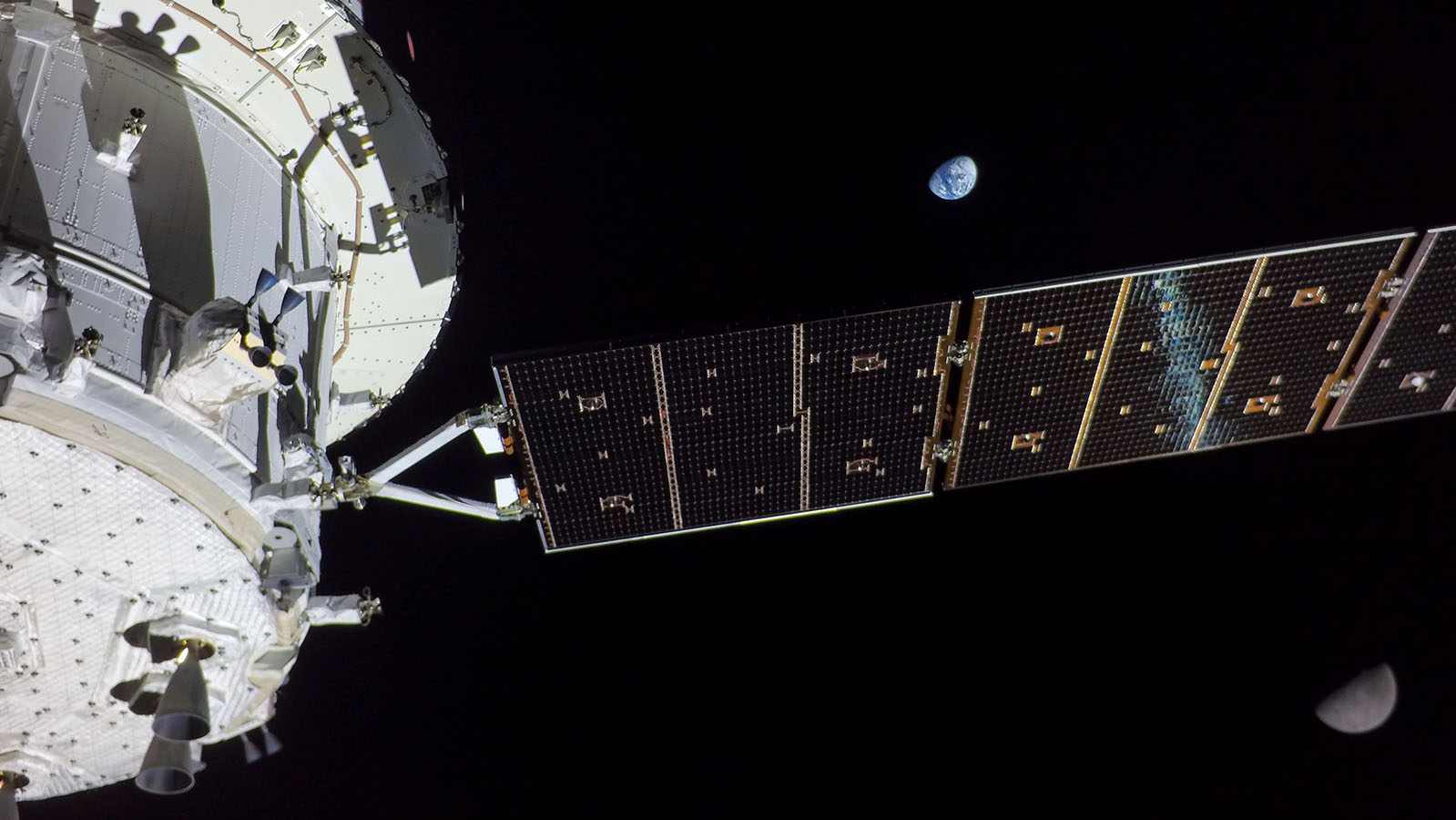Stay Up to Date
Submit your email address to receive the latest industry and Aerospace America news.
When faced with a big national challenge, our leaders here in the U.S. tend to react by ordering up new and better hardware. In aerospace, that means aircraft that can fly faster, farther, longer or higher, or rockets that can carry more people or cargo. Little attention, at least initially, is placed on the less exciting but absolutely critical technologies for achieving whatever the strategic goal might be.
Exhibit A would be the wars in Afghanistan and Iraq. Aerostats and drones were quickly ordered. R&D dollars were poured into airships and other risky ideas. Through it all, the troops whose lives were at stake on battlefields faced a constant struggle to obtain the computers, software and radios for receiving and sharing intelligence collections from those platforms. Some resorted to their personal smartphones.
I don’t know what drives our national fixation with large platforms. Maybe we’re just reflecting an ancient predilection to make a bigger spear. Maybe it’s all about a political system that values factory jobs in congressional districts. Whatever the case, the problem is real and far from limited to military matters.
We are now witnessing it play out in the civil space domain. NASA is focused largely on the Space Launch System rockets required to get humans to lunar orbit so they can be brought to the surface of the moon “to stay.” Simultaneously, Elon Musk is focused on the Starship rockets he’ll need to colonize Mars, predicting that a million people will be sent by 2050.
The dollars tell the story. NASA has spent upward of $20 billion on SLS plus $4 billion slated to go to SpaceX to pay for Starship’s planned role of carrying astronauts to the surface and back to lunar orbit.
What’s the problem with all this? While work progresses on these rockets, no one knows for sure that humans can survive and proliferate in deep space. This month’s cover story focuses on the most fundamental unanswered biological question: What about the radiation?
Spending on what could be the most promising proposed answer to that question has gone down, while funding for the hardware required by the Artemis program has gone up. This was done despite repeated and clear statements about the nature of the radiation problem: “operational exposure to actual deep space radiation, remains a major identified risk to humans and a large unknown risk to biological and physical systems in deep space,” scientists and technologists said in the 2018 “Midterm Assessment of Implementation of the Decadal Survey on Life and Physical Sciences Research at NASA.”
If promises to expand human society into space are to be taken seriously, more focus must be placed on radiation and the other questions related to human beings living away from Earth forever. At this writing, a reasonable person must snicker at a promise of a million people on Mars.
About Ben Iannotta
As editor-in-chief from 2013 to March 2025, Ben kept the magazine and its news coverage on the cutting edge of journalism. He began working for the magazine in the 1990s as a freelance contributor. He was editor of C4ISR Journal and has written for Air & Space Smithsonian, New Scientist, Popular Mechanics, Reuters and Space News.
Related Posts
Stay Up to Date
Submit your email address to receive the latest industry and Aerospace America news.




